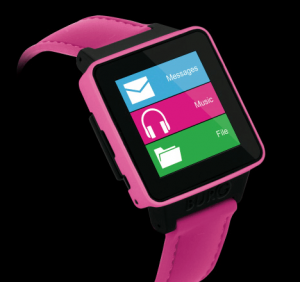 Regular patrons of Kickstarter and Indiegogo will know that personal cloud devices regularly pop up for crowdfunding. Having said that, there’s no need to take a chance and wait several months as StoAmigo have created a complete ecosystem that unifies network cloud, personal cloud and device storage. Don Baine finds out more from Richard Stiles, VP StoAmigo.
Regular patrons of Kickstarter and Indiegogo will know that personal cloud devices regularly pop up for crowdfunding. Having said that, there’s no need to take a chance and wait several months as StoAmigo have created a complete ecosystem that unifies network cloud, personal cloud and device storage. Don Baine finds out more from Richard Stiles, VP StoAmigo.
StoAmigo brings together storage into an “access anywhere” cloud from multiple sources and key to the ecosystem is StoAmigo’s TackApp which joins local device storage from PC, Mac or Android smartphone into the cloud. Accessing the StoAmigo cloud from the smartphone client app, Don is impressed by the speed and responsiveness of the system. Video and music can be streamed instantly, and as expected, all the data is encrypted.
All the software is free to download so there’s no risk in trying it out. For those wanting a dedicated storage device, StoAmigo’s CloudLocker provides an initial 278GB of NAS storage which can be expanded by adding additional USB storage. It’s priced at US$349 but there’s currently $150 off if you’re quick.
Don Baine is the Gadget Professor and he holds classes at TheGadgetProfessor.com.
Support our CES Sponsor:
30% off all New GoDaddy Product Orders cjcgnc30
$.99 .com New or Transfer cjcgnc99 @ GoDaddy.com
$1.00 / mo Economy Hosting with a free domain! Promo Code: cjcgnc1hs
$1.00 / mo Managed WordPress Hosting with FREE Domain! Promo Code: cjcgncwp1
GoDaddy Promo Codes always save you money, check out our Promo Codes Today
Podcast: Play in new window | Download
Subscribe: Apple Podcasts | RSS | More



 MOCAHeart uses a unique sensor package to track a person’s health and wellness with just two thumbs touching the device. As Chief Operating Officer and Co-Founder Naama Stauber says the MOCAHeart device with a smart sensor that gives you an indication of your heart health. You simply place two thumbs on the device for 25 seconds, which has a built-in electrocardiogram (ECG) sensor along with other proprietary sensors.
MOCAHeart uses a unique sensor package to track a person’s health and wellness with just two thumbs touching the device. As Chief Operating Officer and Co-Founder Naama Stauber says the MOCAHeart device with a smart sensor that gives you an indication of your heart health. You simply place two thumbs on the device for 25 seconds, which has a built-in electrocardiogram (ECG) sensor along with other proprietary sensors.

